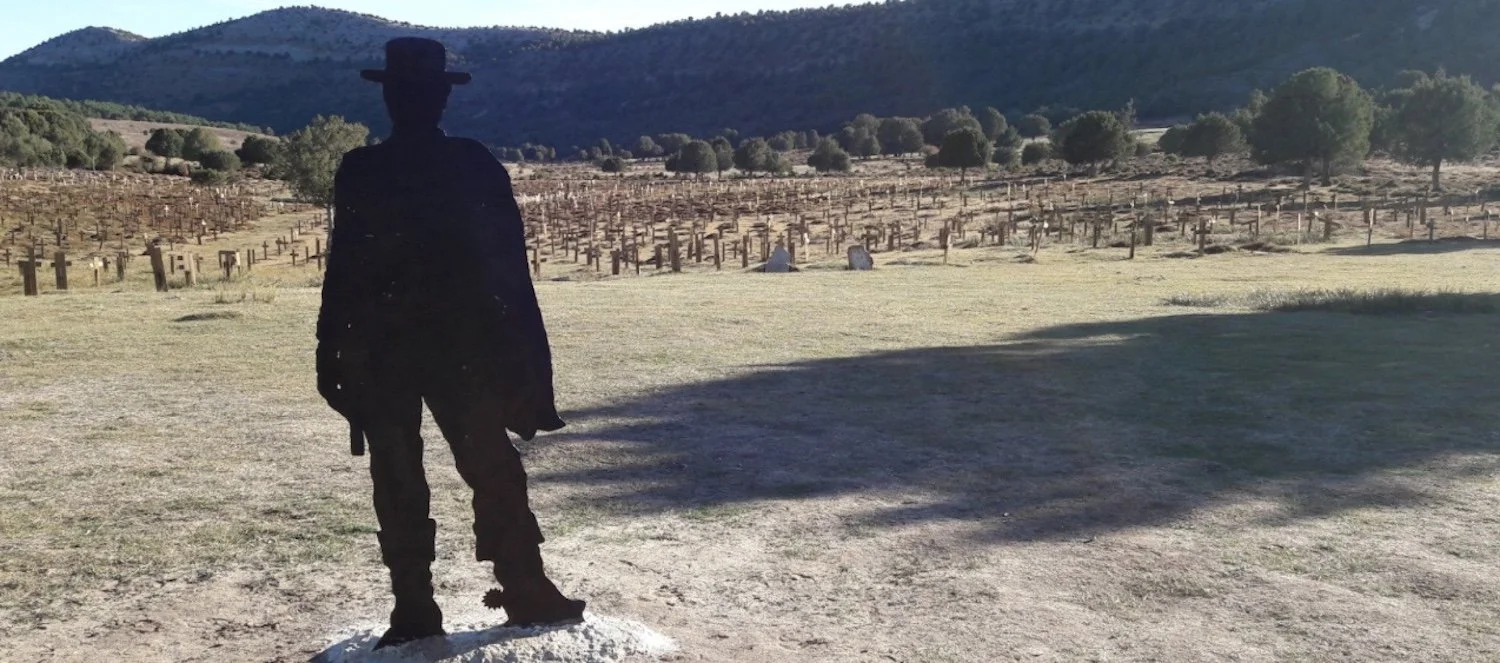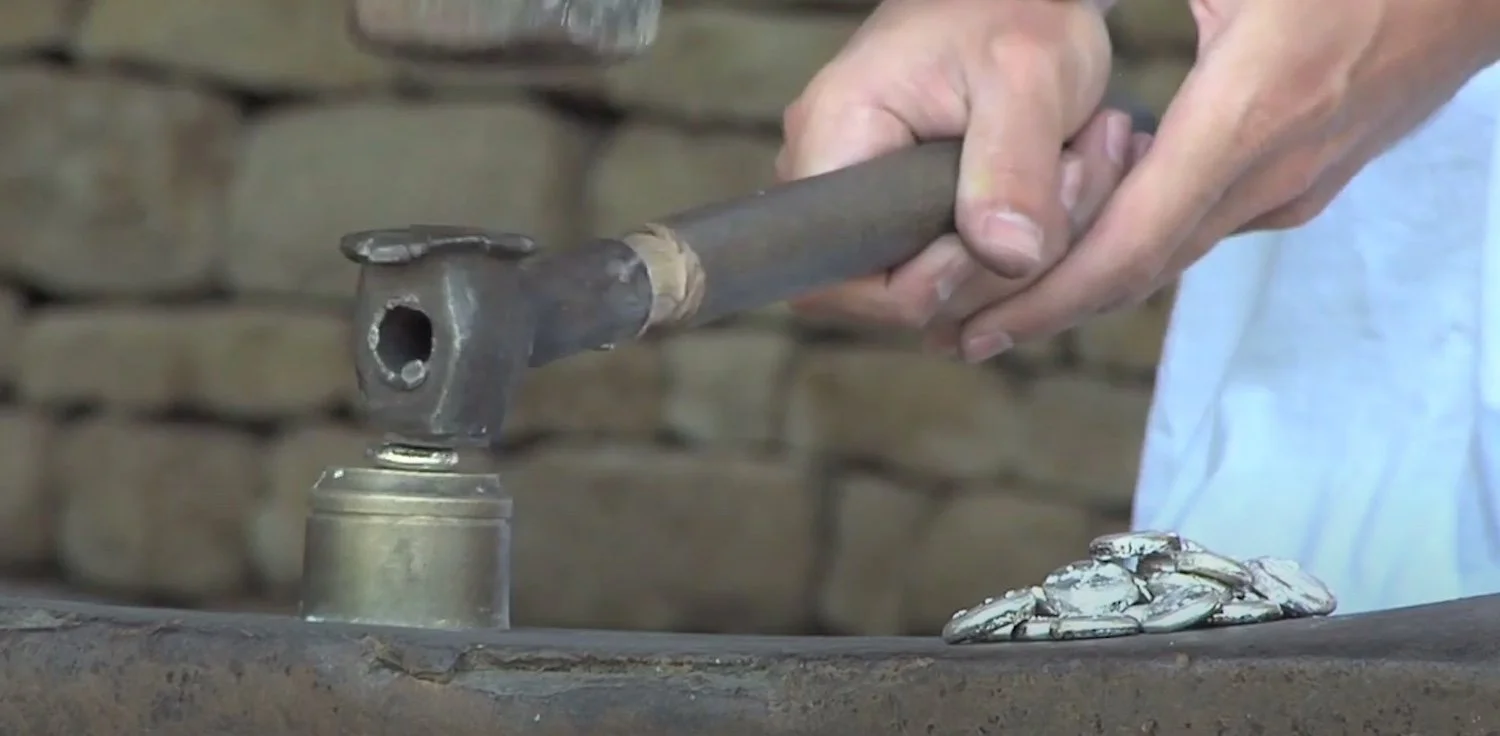The three of us sat down on a bench beside the trail. As we munched bread and cheeses, another solo traveler approached. He was a lean, muscley man with no shirt. His skin was tanned from the sun and covered in tattoos and maybe a few scars.
“Gooddaye,” he nodded. He had a Welsh accent.










